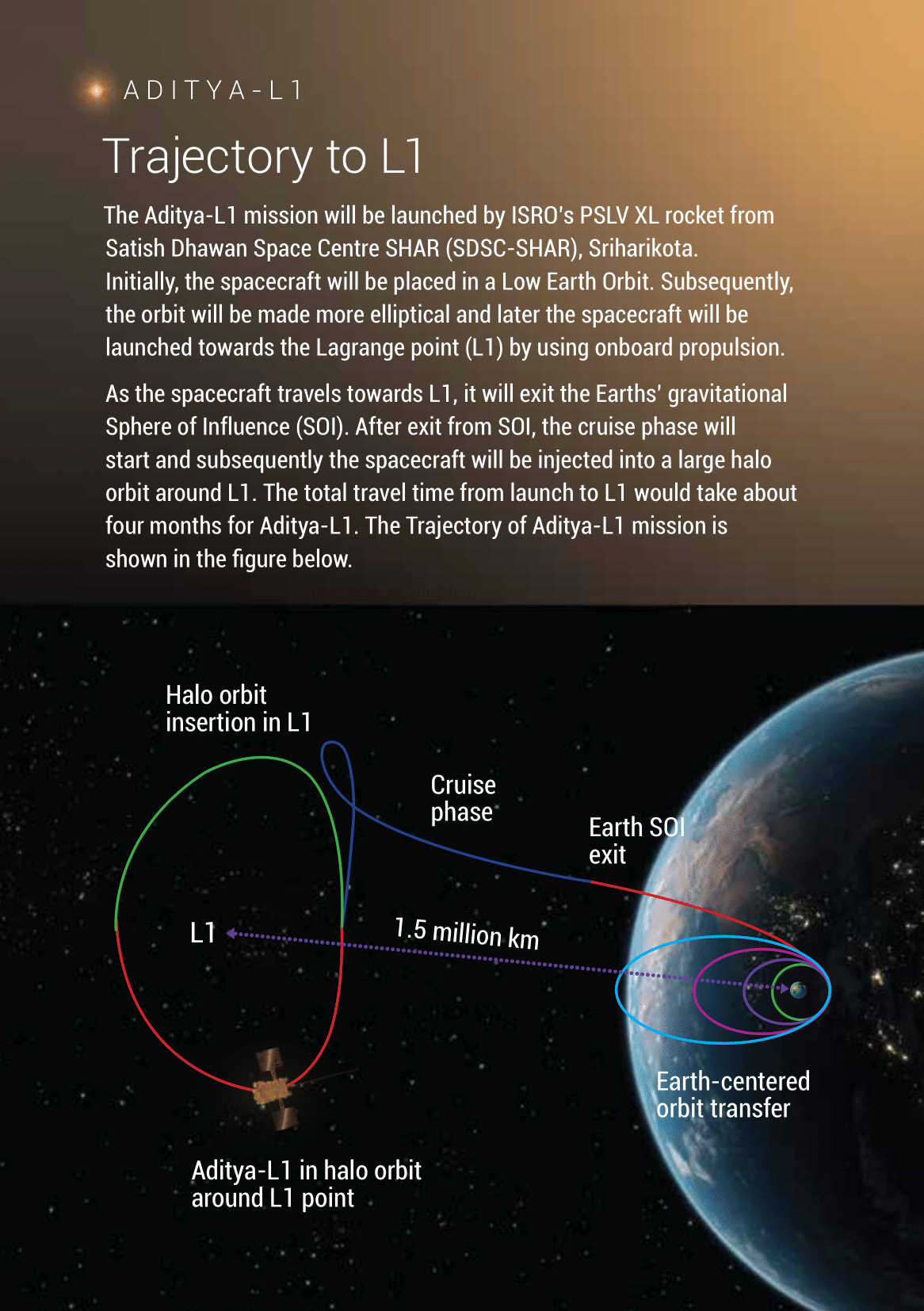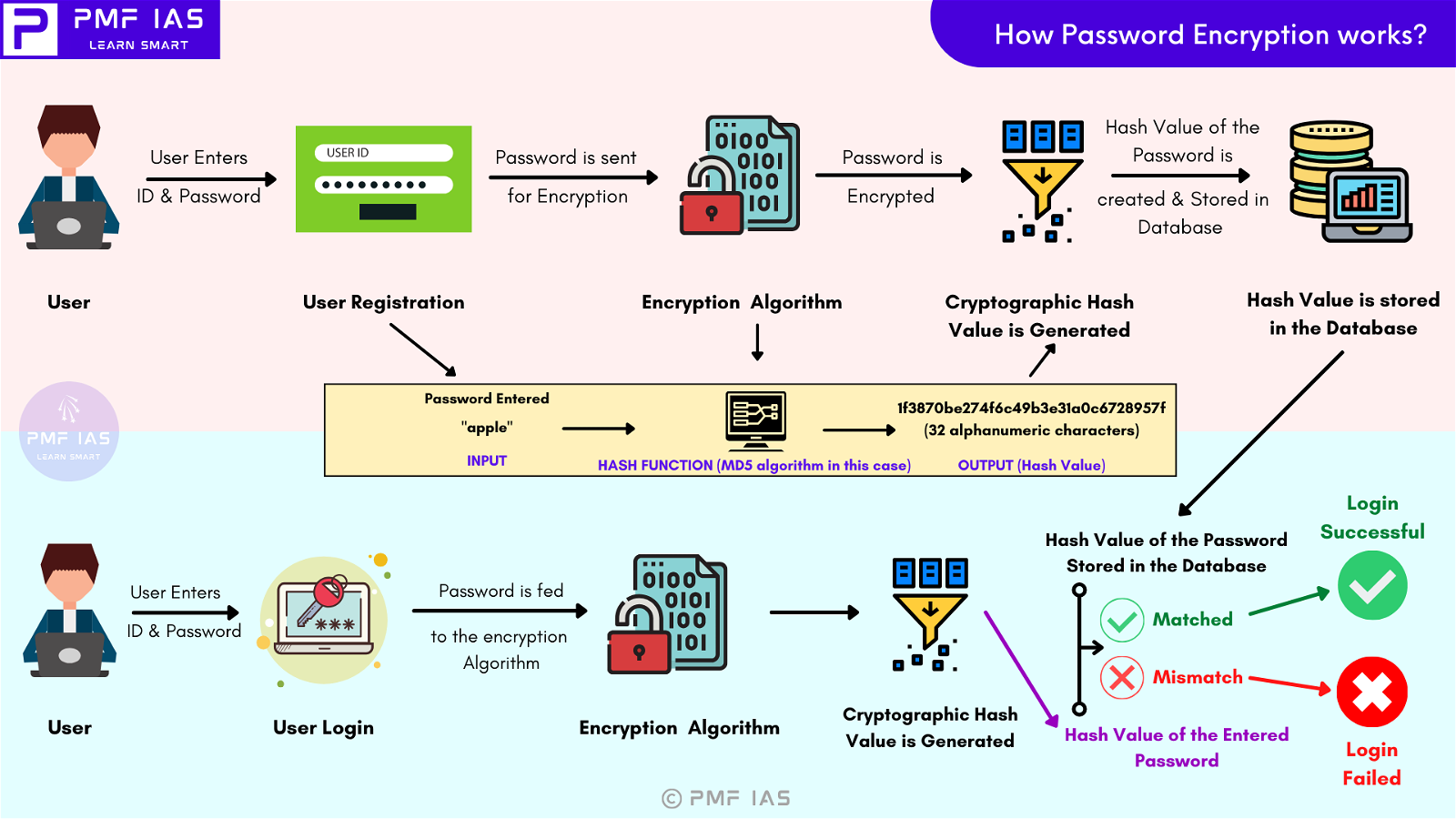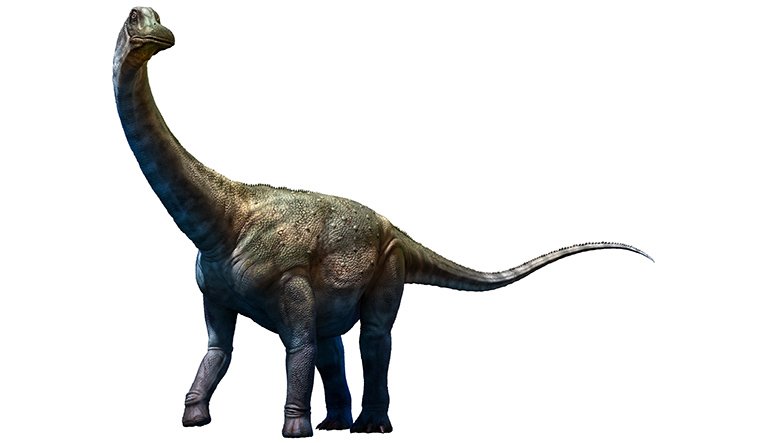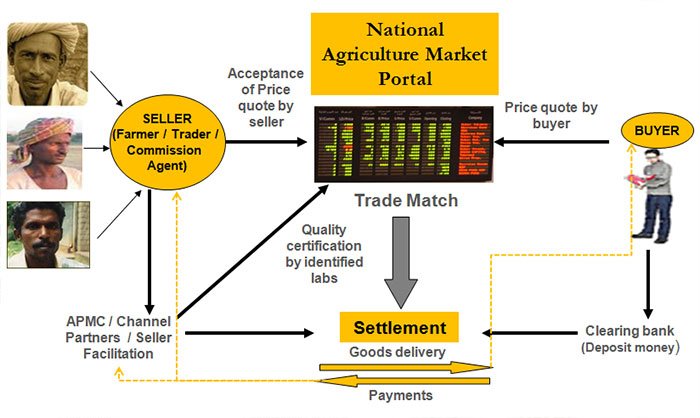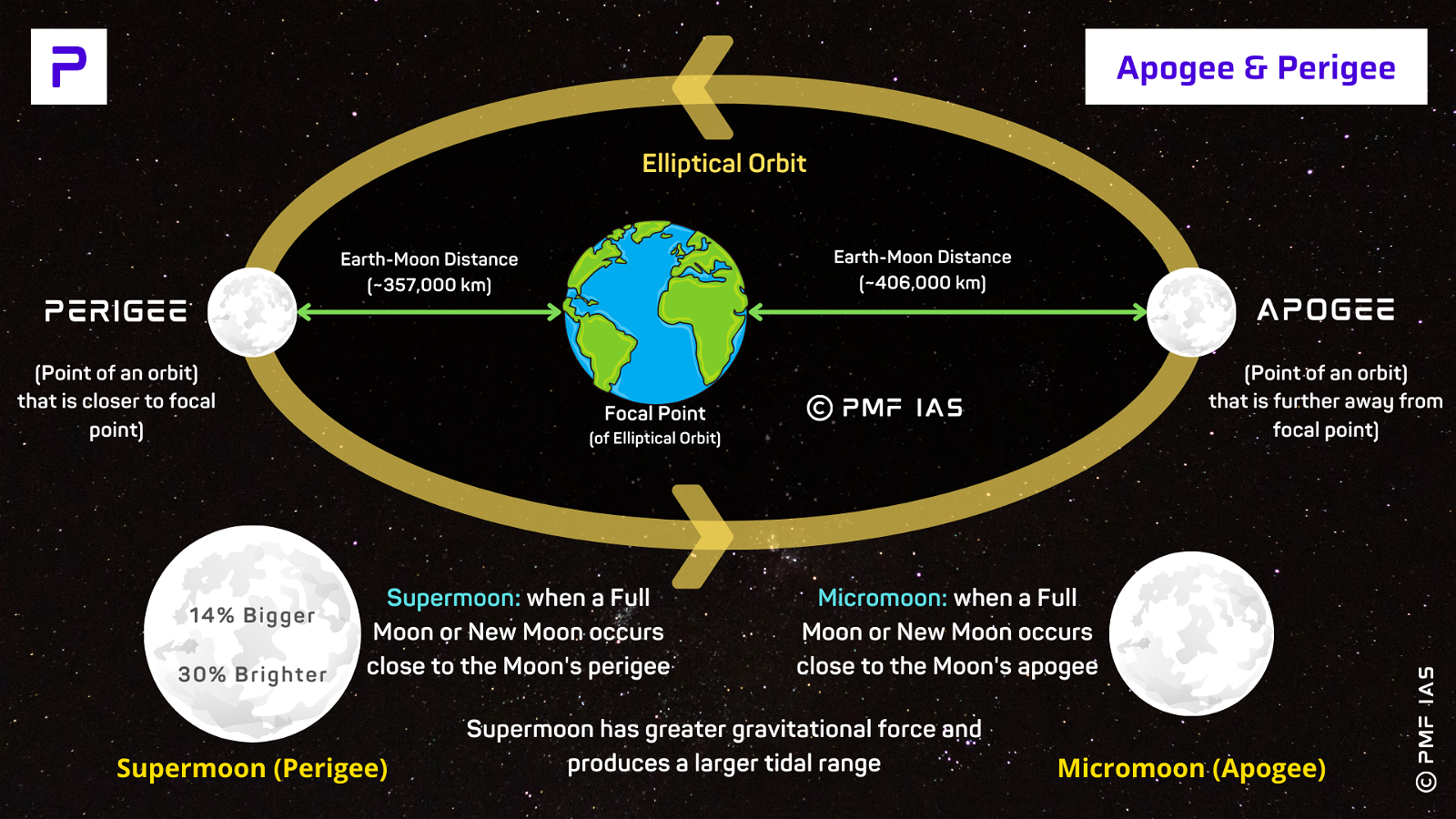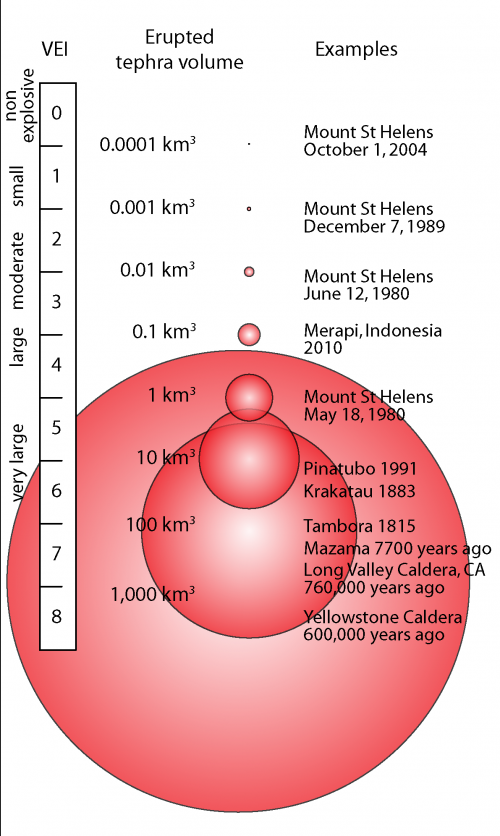
Current Affairs September 09, 2023: Nataraja Sculpture, Nation First Transit Card, Lok Adalat, Invasive Alien Species, SROs in the Fintech Sector
Subscribers of "Current Affairs" course can Download Daily Current Affairs in PDF/DOC
Subscribe to Never Miss an Important Update! Assured Discounts on New Products!
Must Join PMF IAS Telegram Channel & PMF IAS History Telegram Channel
{GS1 – A&C – Art – 2023/09/09} Nataraja Sculpture
- Context (IE): A Nataraja (a dancing form of Shiva) statue made of ashtadhatu (eight-metal alloy) is installed at the Bharat Mandapam.
- Nataraja is an essential symbol of cosmic energy, creativity, and power.
- The design draws inspiration from three revered Nataraja idols:
- Thillai Nataraja Temple in Chidambaram
- Uma Maheswarar Temple in Konerirajapuram
- Brihadeeshwara Temple in Thanjavur (UNESCO World Heritage Site).
- The Cholas originally constructed these three temples.
- The crafting process adopted was the ‘lost wax’ casting method, indigenous to the Chola era.
Nataraja Sculpture
- The earliest known Nataraja sculpture has been excavated at Aihole.
- It was made during the early Chalukya rule and reached its peak under the Cholas.
- Bronze statues of Nataraja of the Chola period are considered masterpieces.

Depiction
- The dancing position of Shiva (Tandava) is associated with the end of the cosmic world (destruction).
- Nataraja almost always wears a broad smile. It shows he smiles at death & life, at pain & joy alike.
- The right leg shows the balance.
- The foot of the right leg shows the suppression of the apasmara (demon of ignorance).
- The left leg in the bhujangatrasita stance represents tirobhava (kicking away the maya or illusion from the devotee’s mind).
- His four arms are outstretched:
- The main right hand is posed in abhaya hasta or the gesture suggesting.
- The upper right holds the damaru to keep on the beat tala.
- The main left hand is held in the dola hasta & connects with the abhaya hasta of the right hand.
- The upper left hand carries a flame (Agni).
Images of Shiva in different forms
|
Bronze Sculpture and Lost-wax technique
- Bronze is an alloy consisting primarily of copper and tin.
- The lost-wax technique has been used for making objects of metal since the Indus Valley Culture.
- ‘Dancing Girl’ from Mohenjodaro is the earliest bronze sculpture (2500 BCE).
{GS2 – MoHUA – Scheme – 2023/09/09} Nation First Transit Card
- Context (TH I MINT): SBI has launched the ‘Nation First Transit Card’ to ensure easy digital ticketing fare payments in metro, buses, water ferries, parking, etc., through a single card.
- Besides transit payments, the card can also be used for retail and e-commerce transactions.
- It operates on the technology of RuPay and the National Common Mobility Card (NCMC).
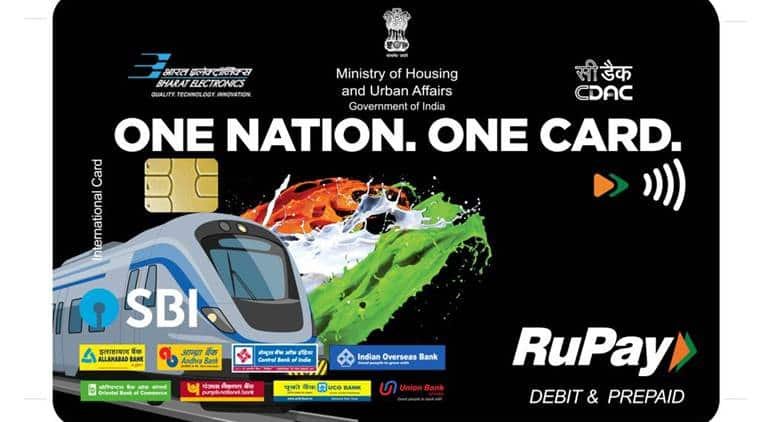
National Common Mobility Card (NCMC)
- NCMC was launched in 2019, allowing bank customers to use their debit cards as travel cards for metro rail and buses.
- NCMC is an initiative of the Ministry of Housing and Urban Affairs.
- The concept of NCMC was introduced by the Nandan Nilekani committee established by the RBI.
{GS2 – Polity – IC – Judiciary – 2023/09/09} Lok Adalat
- Context (TH): Lok Adalats in the U.P. resolved 3.30 crore cases.
Lok Adalat
- It is a forum where disputes are settled/compromised amicably.
- It is one of the alternative dispute redressal mechanisms.
Composition
- A Lok Adalat comprises a judicial officer as the chairman, a lawyer, and a social worker as members.
- They have the role of statutory conciliators only and do not have any judicial role.
- They can only persuade the parties and cannot pressurize them to come to a conclusion for settling the dispute.
Nature of cases referred to Lok Adalat
- Any case pending before any court.
- Any dispute not brought before a court but is likely to be filed before a court (pre-litigation stage).
- It does not include:
- Cases related to an offence not compoundable under the law.
- Cases related to divorce.
Award of Lok Adalat
- The award (decision) made by the Lok Adalats is:
- Deemed to be a decree of a civil court.
- Final and binding on all parties.
- There is no provision for appeal against the award of Lok Adalat.
- If the parties are unsatisfied, they can initiate litigation by approaching the appropriate court.
National Legal Services Authority of India (NALSA)
Persons eligible for getting free legal services include
Uniform Network
|
{GS3 – Envi – Degradation – 2023/09/09} Invasive Alien Species
- Context (IE | DTE ): Intergovernmental Platform on Biodiversity and Ecosystem Services (IPBES) has released a report on invasive alien species and their control.
- It is found that 37,000 alien species have been introduced by human activities worldwide, of which more than 3,500 are invasive alien species.
- About 6% of alien plants, 22% of alien invertebrates, 14% of alien vertebrates, and 11% of alien microbes are known to be invasive.
What are Invasive Alien Species (IAS)?
- Alien species are plants, animals, and microbes non-native to an ecosystem.
- Invasive alien species negatively impact the environment, economy, or human health.
- IAS spread rapidly, outcompetes native species, and establishes themselves.
Reasons Why IAS Spread Rapidly
- IAS can spread rapidly in a non-native ecosystem if:
- They better adapted to their new environment than native species
- They have no natural predators or competitors
- They can reproduce quickly
- They can survive better in harsh conditions
Reason Behind the Increase in IAS
- Perceived benefits: Many IAS have been intentionally introduced for their perceived benefits in forestry, agriculture, horticulture, aquaculture, or as pets.
- There was no consideration or knowledge of their negative impacts.
- Increase in the global economy: IAS are now increasing at unprecedented rates, with increased human travel and trade due to the expansion of the global economy.
- Climate change: It helps in the expansion of IAS by increasing the competitive ability of IAS.
Negative Impacts of IAS
Biodiversity Loss
- IAS disrupts and leads to biodiversity loss by:
- Being predators of native species
- Reducing the prey population base of native species
- Destroying the natural habitats of native species
- IAS are the major factor for 60% of global extinctions recorded.
Economic Impact
- Economic cost of IAS has been increasing at a rapid and it has quadrupled every decade since 1970.
- For example, water hyacinth in Lake Victoria in East Africa caused livelihood loss by depleting tilapia which impacted local fisheries
|
Reduction of Food Supply
- Reduction in food supply is the most common impact of IAS.
- For example, European shore crabs impacted commercial shellfish beds in New England or the Caribbean false mussel damaging fishery resources in Kerala.
|
Health Impact
- IAS can impact health by spreading diseases, causing allergies, asthma, and by poisoning.
- For example, IAS like Aedes albopictus and Aedes aegyptii spread malaria, Zika, & West Nile Fever.
Pollution
- IAS can pollute the environment in several ways. They can:
- Introduce new pollutants into the environment
- Disrupt natural processes that help to remove pollutants
- Make it more challenging to control pollution by disrupting management efforts
Accentuate Climate Change
- IAS can also contribute to climate change.
- For example, invasive alien plants can be highly flammable and promote more intense wildfires.
World’s Most Widespread Invasive Alien Species on Land
- The world’s most widespread invasive alien species on land: 1st Water hyacinth > 2nd Lantana (a flowering shrub) > 3rd Black rat.
- The brown rat and the house mouse are also widespread invasive alien species.
Distribution of Biological Invasions by IAS
- Regional distribution of impacts of biological invasions reported: 34% from the Americas, 31% from Europe and Central Asia, 25% from Asia and the Pacific, and 7% from Africa.
- Most negative impacts are reported on land (75%) with considerably fewer reported in freshwater (14%) and marine (10%) habitats.
- Invasive alien species are most damaging on islands.
Efforts Against IAS Across the World
- Most countries (80%) have included targets for managing IAS in their national biodiversity plans.
- Only 17% specifically address the issue in national legislation.
- Nearly half of all countries (45%) do not invest in management of biological invasions.
Intergovernmental Platform on Biodiversity and Ecosystem Services (IPBES)
|
Kunming-Montreal Global Biodiversity Framework (KMGBF)
|
{GS3 – IE – Banking – 2023/09/09} I-CRR
- Context (RBI): The RBI announced that it would discontinue the incremental cash reserve ratio (I-CRR) in a phased manner.
- RBI will release the amount banks have maintained under I-CRR in stages.
- After the release of funds, the banks will have sufficient funds to meet higher credit demand during the upcoming festival season.
Cash Reserve Ratio (CRR)
- Banks must maintain a minimum of the total deposits as cash reserve with the RBI.
- Banks cannot use this amount for lending or any investment purposes.
- Currently, CRR stands at 4.5%. That is, banks must maintain a minimum cash reserve of 4.5% of their total deposits (net demand and time liabilities (NDTL)).
|
Incremental cash reserve ratio (I-CRR)
- On August 10, the RBI announced I-CRR as a temporary measure to absorb excess liquidity from the banking system.
- Accordingly, banks had to maintain an I-CRR of 10% on the increase in their net demand and time liabilities (NDTL) between May 19, 2023, and July 28, 2023.
Why was I-CRR needed?
- The level of surplus liquidity in the system surged because of:
- The return of Rs 2,000 banknotes to the banking system
- RBI’s surplus transfer to the government
{GS3 – IE – RBI – 2023/09/09} Forex Reserve
- Context (TH): RBI said India’s forex reserves jumped to $598.8 billion.
Foreign Exchange Reserve (Forex reserve)
- It is the reserves held by RBI in:
- Foreign Currency Assets
- Gold stock
- SDR holdings
- Reserve tranche
Foreign Currency Assets
- Foreign currencies held by RBI in foreign exchange reserves.
- Foreign currency deposit held by RBI with foreign central banks & banks for international settlement.
- Foreign countries’ securities like Treasury bills of foreign countries.
Gold Stock of RBI
- It is the gold stock of RBI as a backup to issue currency and to meet unexpected Balance of Payments (BOP) problems.
Special Drawing Rights (SDR) Holdings
- The SDR is an international reserve asset created by the IMF to supplement its member countries’ official reserves.
- SDR holdings refer to the amount of SDRs a country or institution holds as part of its international reserves.
Reserve Tranche
- The reserve tranche is a portion of the required quota of currency that each IMF member country must provide to the IMF. The member country can access it without a service fee.
{GS3 – IE – RBI – 2023/09/09} SROs in the Fintech Sector
- Fintech is the use of technology to improve and automate financial services, making them more accessible, efficient, and user-friendly

What is a Self-Regulatory Organization?
- A Self-Regulatory Organization (SRO) is a non-governmental organisation that sets and enforces rules and standards relating to the industry (members) with the aim of protecting the customer and promoting ethics, equality, and professionalism.

Functions of an SRO’s
- Collaboration: SROs typically collaborate with all stakeholders in framing rules and regulations.
- Impartial Mechanisms: Their self-regulatory processes are administered through impartial mechanisms and members accept penal actions by the SRO.
- Addressing Concerns: SROs address concerns beyond the narrow self-interests of the industry, such as to protect workers, customers or other participants in the ecosystem.
- Regulations: The legitimacy of an SRO’s regulations, standards, and dispute resolution is determined by the agreement of its members and the perceived efficiency of its self-regulation.
- Such regulations supplement, but do not replace, applicable laws or regulations of RBI.
- Codes of Conduct: An SRO can help in establishing codes of conduct for its members that foster transparency, fair competition, and consumer protection.
- Act as a Watchdog: SRO can act as a watchdog and encourage members to adopt responsible and ethical practices.
- Communication channel: It can provide a link between the regulator and market participants through a less formal setup.
Need for SROs in the Fintech sector
- India is amongst the fastest growing Fintech markets in the world.
- With the highest FinTech adoption rate of 87 percent among the public compared to the global average of 64 percent.
- India has gained 3rd place in digital payments only after the US and China, signifying that India has an untapped market, the economic survey pointed out.
- Hence, SRO is important for the rapidly growing Indian fintech sector to ensure ethical and responsible operations.

{GS3 – Infra – Energy – 2023/09/09} VGF Scheme for Battery Infrastructure
- Context (TH I MINT): The Union Cabinet granted approval for a Viability Gap Funding (VGF) scheme to advance Battery Energy Storage Systems (BESS) development.
- The scheme aims to create 4,000 megawatt hours (MWh) of BESS projects by 2030-31.
- It will provide financial support of up to 40% of the capital cost in the form of VGF.
- The VGF for developing the BESS Scheme, with an initial outlay of Rs.9,400 crore, including a budgetary support of Rs.3,760 crore.
- The VGF shall be disbursed in five tranches linked with the various stages of BESS projects.

Mechanism of the scheme
- The scheme will work by providing VGF to Battery Energy Storage Systems (BESS) projects.
- The VGF will be used to reduce the upfront cost of the project, making it more attractive to investors.
- The scheme also requires that a minimum of 85% of BESS project capacity be allocated to distribution companies (DISCOMs).
- This will ensure that the benefits of the scheme are passed on to consumers.
- The selection of BESS developers for VGF grants will be carried out through a competitive bidding process, promoting a level playing field for both public and private sector entities.
|
Benefits of the VGF Scheme for Battery Infrastructure
- Lower cost of battery storage.
- Increased integration of renewable energy into the grid.
- Reduced peak power demand.
- Reduced need for costly infrastructure upgrades.
- Stimulated competition and growth in the BESS ecosystem.
{GS3 – S&T – BioTech – 2023/09/09} Human Embryo Model Without Sperm or Egg
- Context (IE): A human embryo model is successfully grown in the lab without using an egg or sperm.
How was the Embryo Model Created?
- A mix of stem cells and chemicals was used, which spontaneously assemble into an embryo-like structure, mimicking the molecular characteristics of an early embryo.
- The embryo model has developed:
- different types of cells that form the foetus
- cells that provide nutrients to the foetus
- cells that lay out the plan for the development of the body
- cells that create structures like the placenta and umbilical cord to support the foetus
|
Why are Embryo Models and Research Important?
- The study of early-stage embryo is very important because:
- Majority of miscarriages and birth defects occur at this stage
- To understand genetic and inherited diseases
- To understand genetic and epigenetic effects on a developing embryo
- To improve success rates of in vitro fertilisation (IVF)
- But there is no way to ethically research the early stages of development of an embryo, as it is difficult to study it after it implants in the uterus.
- So, this initial stage of development is studied in embryo models or donated embryos.
|
Can Lab-grown Embryos Be Used to Get Pregnant?
- The embryo models cannot be used to get pregnant.
- These models are meant to just study the early stages of development of a foetus.
- It is accepted and legally supported in most countries that these embryo models will be destroyed after studying the first 14 days.
- Moreover, an embryo model simply mimics the properties of early embryos. It is still far from an actual embryo that can be implanted.
Why is There a 14-day Limit on Embryo Research?
- The limit was first proposed by a committee in the UK in 1979 after the birth of the first test tube baby Louise Brown demonstrated that embryos could be kept alive in laboratories.
- The reasons for choosing the 14-day limit are:
- The 14-day period is equivalent to when embryos naturally finish implantation.
- It is also when cells start becoming an “individual” referred to as the Primitive Streak.
|
{Prelims – IR – India-France – 2023/09/09} Naval Exercise Varuna
- Context (PIB): Phase II of the 21st edition of Varuna (Varuna-23) was conducted in the Arabian Sea.
- Naval Exercise Varuna is a bilateral naval exercise between India and France that was initiated in 1993.
- The first phase of ‘Varuna-2023’ was conducted off India’s Western Seaboard in January 2023.
{Prelims – PIN World – Africa – 2023/09/09} Jihadist Attacks on Mali River Boat
- Context (TH | TG ): Al-Qaida-linked militants have killed many people in twin attacks on an army base and a passenger boat on the Niger River in Mali.

Mali
- Mali is a landlocked country in West Africa.
- It is bordered by:
- Algeria to the north
- Niger to the east
- Burkina Faso and Mauritania to the south
- Senegal and Guinea to the southwest
- The capital of Mali is Bamako.
- For centuries, Timbuktu, a city in Mali, was a key regional trading post & centre of Islamic culture.
Niger River
- The Niger River is the third-longest river in Africa, after the Nile and the Congo.
- It is the main river of West Africa. It flows through 11 countries: Guinea, Mali, Niger, Benin, Burkina Faso, Nigeria, Cameroon, Chad, and Libya.
- It originates in the Fouta Djallon Mountains of Guinea and it flows through the Sahara Desert, the Sahel, and the Niger Delta into the Gulf of Guinea in the Atlantic Ocean.

{Prelims – Sci – Bio – Diseases – 2023/09/09} Vaginismus
- Context (TH): Vaginismus Awareness Day will be observed on September 15th.
- Vaginismus causes involuntary contractions of the vaginal muscles making penetration of any kind impossible or accompanied by excruciating pain, irrespective of the woman’s desire.
- Vaginismus can be classified into two types: primary and secondary.
Primary Vaginismus
- In primary vaginismus, a woman has never been able to engage in penetration of any kind; be it either tampons, menstrual cups, gynaecology exams, or intercourse.
- Cause: It is psychologically driven like stigma related to sexual activities.
Secondary Vaginismus
- In secondary vaginismus, a woman who previously tolerated penetration is suddenly unable to do so.
- Causes: It happens due to physical or emotional factors. It includes painful internal examinations or vaginal infections, traumatic childbirth, radiation and surgery around the vagina, etc.




![PMF IAS Environment for UPSC 2022-23 [paperback] PMF IAS [Nov 30, 2021]…](https://pmfias.b-cdn.net/wp-content/uploads/2024/04/pmfiasenvironmentforupsc2022-23paperbackpmfiasnov302021.jpg)


